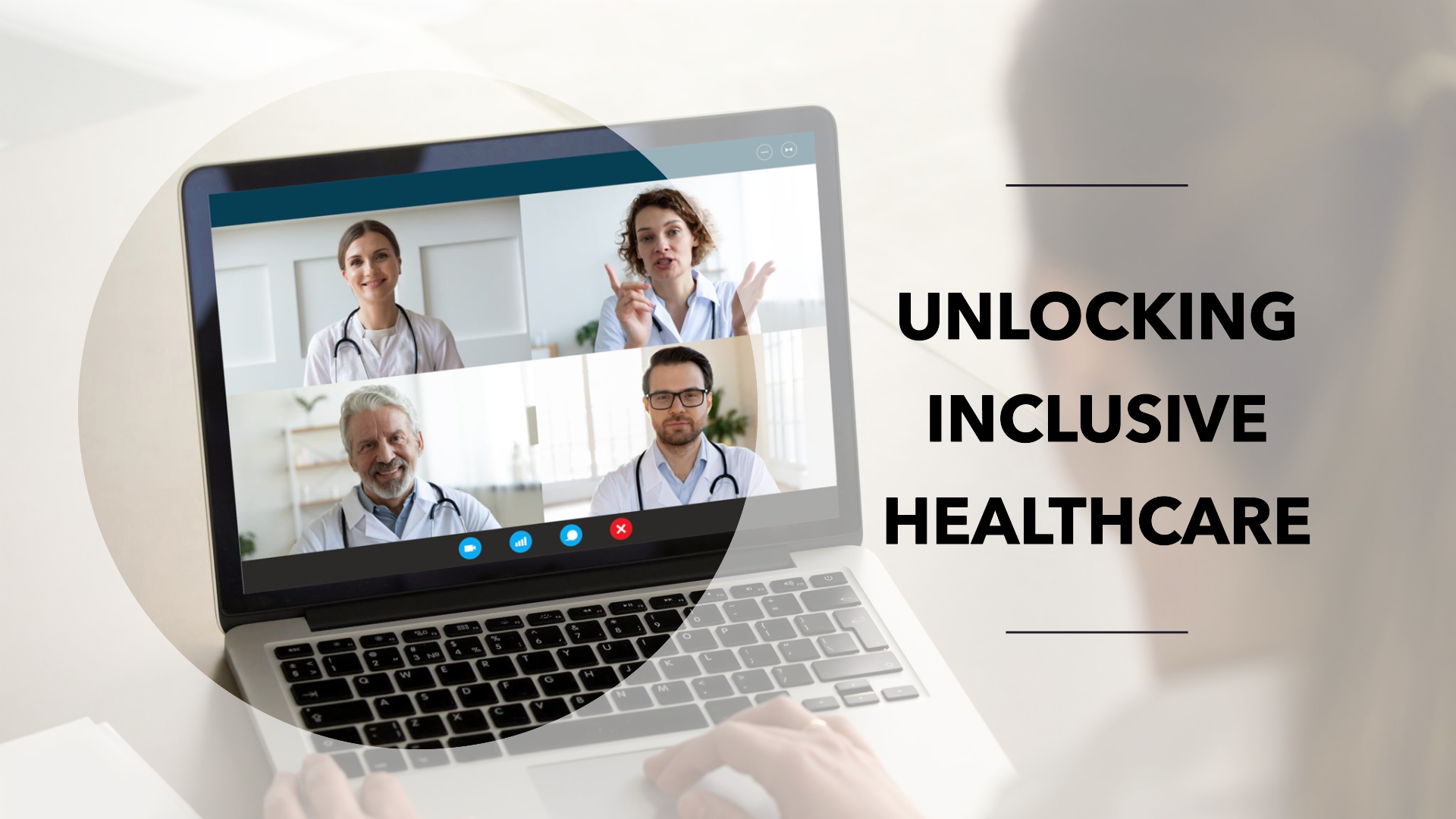This is the third in a series of five Healthcare Big Data blogs and its impact written by John Morton about Big data for Digital Salutem. The first is Big Data: Challenge, or Opportunity for Healthcare? and the second Big Data: Healthcare Prevention
Gathering and having patient generated information helps to add more advice, however it is not clinically vetted information. This information should be considered as “untrusted”, however it could provide valuable insight to diagnosis. Today you may attend a clinical visit with paper records and/or based on clinical questioning provide answers.
However if you shared your patient information with the doctor, you both can identify when symptons started to develop and even see the rate of change. This simple information can help decide on next best action.
For many healthcare environments it would be useful to augment patient data with existing clinically vetted information using the patient monitored data to fill the gaps between clinical interventions.
For many healthcare institutions this is a real challenge. The medical industry already collects a huge amount of data, however it is often located in different locations: in individual doctors’ offices, hospitals, and clinics. There are a number of data challenges in bringing this information together. Matching and validating the data is for the same patient, what is the most accurate and correct data, linking different types of data (pictures, electronic data, written notes, photos, scans, etc. ) A number of vendors have created ways and tools that support the linking of data, or consolidating data into one place.
Presbyterian Healthcare Services drastically reduced readmissions by providing a holistic data flow covering patient in hospital information.
For those healthcare providers who have digitized patient records and creating a “single view of a patient” There have been significant rewards and savings. For example, Kaiser Permanente has created a program called HealthConnect that unifies health records. This initiative has been stated save $1 billion through cost reduction.
Some hospitals restricted by resources, the right talent and expertise are making their data available for others to use For Example SAS and Duke Hospital are making their cardiovascular information available.
IBM using Watson and Mayo clinic have also made an industry shattering announcement to use artificial intelligence to analyse information. This may develop patient treatment protocols, personalize patient management for chronic conditions, and intelligently assist doctors and nurses by providing relevant evidence from the worldwide body of medical knowledge, putting new insight into the hands of clinical staff.
Intel and the Precision Medicine Initiative (PMI) deploying next-generation sequencing technology to better understand how specific diseases develop in and affect different individuals. This will create a biobank to help the early diagnosis and treatment of disease.
The potential here is incredible for identifying through quantitative statistical methods the most effective treatments on a more one –to –one basis., earlier detection of diseases, the impact of side effects (which may improve future drugs and medications) and thus increasing the likelihood of treatment success.
There are a number of challenges here for Informatics professionals. Firstly there needs to be a robust accurate way that allows disparate data sets to be linked together. Many clinical environments already have departmental systems, methods and processes for analysing the information they have, how do you maintain such capabilities, and allow the data sets to be used more widely across the digital health environment. Third is the way in which linking of both of trusted and untrusted data sets, and deep consideration for the best methods that information can be reliably combined. A key challenge will be around “Entitlements” (i.e. who has the right to access, read, maintain and update information, specifically if it is found to be in error.
Some organisation have turned these data and information issue into an set of activities that appear to stagnate decision making. Pragmatic and forward thinking digital health informatics professionals look at the patient issues first, what the clinician needs first and focus on providing more and accurate information at the point of care. Ultimately this will reduce overall digital health costs and release monies to work on other
As yet though there has been little thought as to how clinically vetted information and “patient information” can be brought together and used together. This is a key area that is being worked on by a number of organisations both traditional healthcare players and startups.
This is the third of five blogs on Healthcare Big Data and its impact. The remaining will consider big data for:
1. Big Data: Challenge, or Opportunity for Healthcare?
2. Big Data: Healthcare Prevention
3. Big Data: Healthcare Diagnosis
4. Big Data: Healthcare Treatment
5. Big Data: Healthcare Awareness
John Morton is a Big Data Advisor having with experience across the whole data value chain, business intelligence and analytics in a number of industries including clinical, healthcare informatics and Pharma. John’s has been fundamental in creating new medical IT solutions and medical devices for clinical environments; enabling the digital hospital; a physician on my shoulder; as well as the challenges and impact of technology within clinical environments.
More articles:






